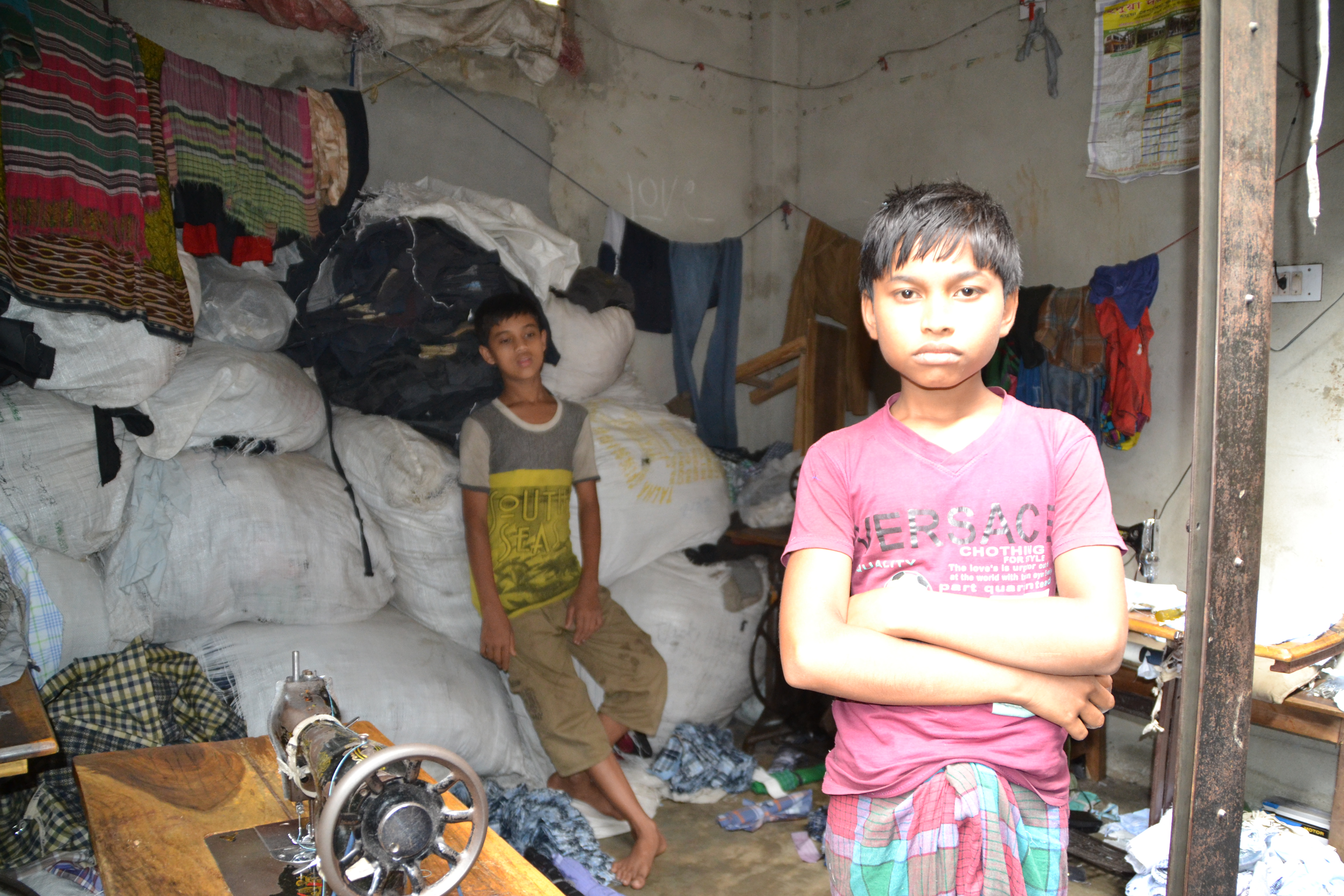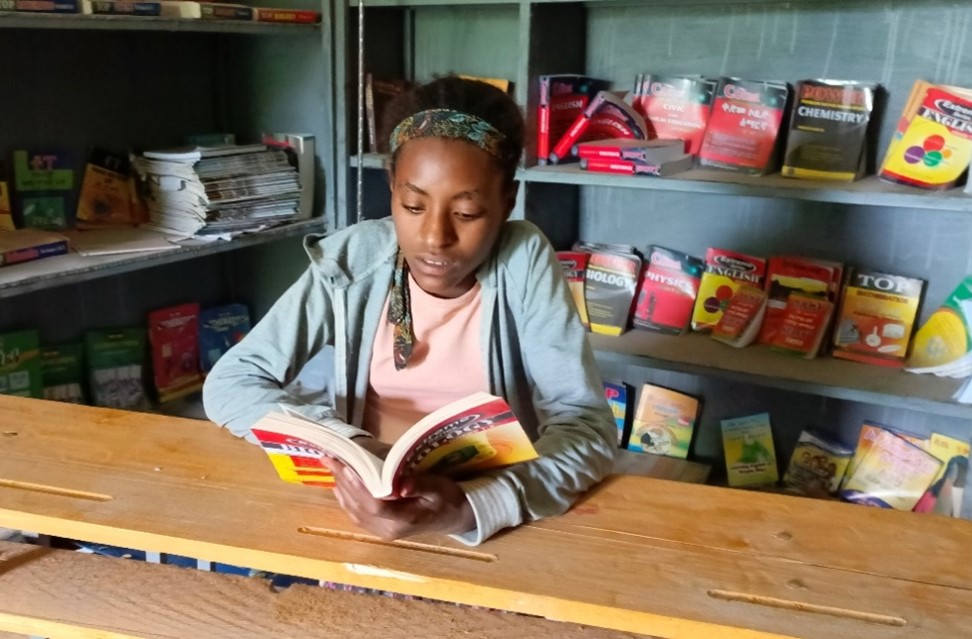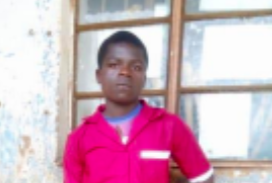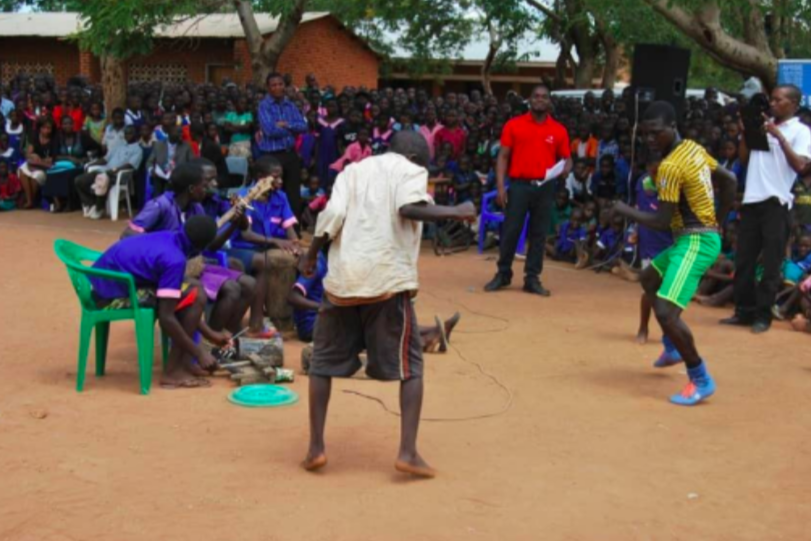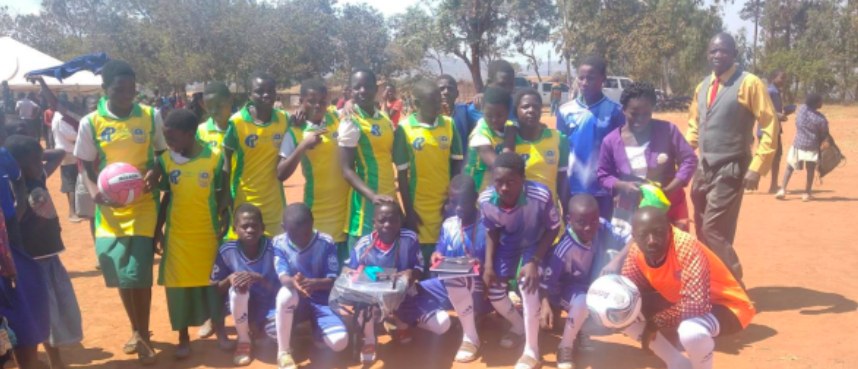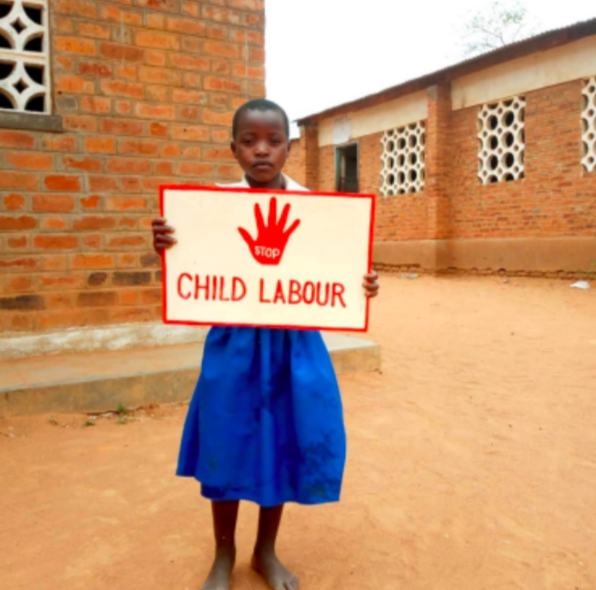The average worker in the Bangladeshi garment industry is getting paid only one third of what is considered to be a living wage. Low wages and long working hours have been found to play a key role in parents’ decisions to take their children out of school and let them work in various jobs. Many international garment brands, including but not only H&M, C&A, Esprit, Marks & Spencer, GAP, VF Corporation and Kmart Australia, contribute to this situation.
These are important findings of the report Branded Childhood that is published by Stop Child Labour and SOMO today. Almost 50% of the textiles produced in Bangladesh are exported to the European Union. International brands and retailers should therefore play a key role in ensuring that the rights of all workers and their children are respected.
Indirect child labour
There are still more than 3.5 million children working in Bangladesh, aged from 5 to 17 years old. The highest concentration of child workers is found in Dhaka Division where an estimated 690,000 children are engaged in child labour.
Child labour at export-oriented garment factories in Bangladesh has been substantially reduced over the past few years, in part due to buying companies’ zero tolerance policies. However, this report focuses on a more hidden aspect of child labour. For the research 75 workers with children were interviewed working in 14 different factory units producing garment for the international market.
The working children featured in the report are not part of the buying companies’ supply chains but are the children of the garment workers. They are working at home or in other companies, sometimes in entirely different sectors. Workers are receiving low wages and experiencing long working days and that this – without doubt – contributes to the low school attendance and child labour of their children.

